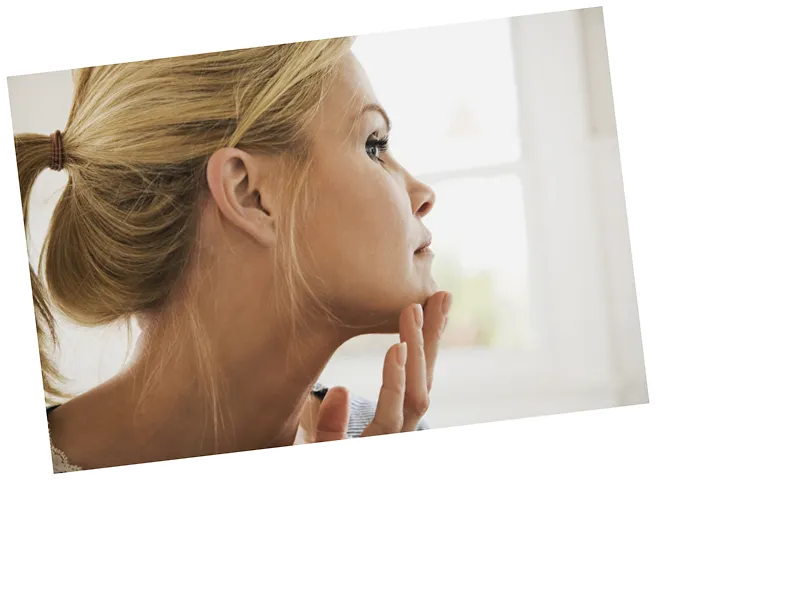Understanding Dermaplaning: Benefits and Risks
Dermaplaning has become a popular beauty trend, particularly among women seeking fresher and brighter skin. This mechanical exfoliation procedure involves using a scalpel or fine razor blade to remove dead skin cells, oil, and impurities from the facial surface. According to German dermatologist Yael Adler, the result is clearer, smoother skin with a silky texture. This technique not only enhances the appearance of the skin but also improves the absorption of active ingredients in skincare products, making them more effective at penetrating deeper layers of the skin.
However, it's essential to understand that dermaplaning may not be suitable for everyone. Dermatologist Adler cautions against using this technique on sensitive skin or for individuals suffering from skin conditions like acne. Shaving over inflamed areas can exacerbate irritation and increase the risk of scarring. Additionally, there is a heightened risk of infection as bacteria and viruses can spread during the procedure.
Precautions and Recommendations
Dermatologist Adler also advises against using dry shampoo as a substitute for proper shaving tools during dermaplaning. Dry shampoo, primarily intended for hair, can be too harsh for sensitive facial skin and may lead to clogged pores. It often contains silicone, preservatives, solvents, alcohol, and allergens, some of which may even be carcinogenic. Therefore, it's crucial to use appropriate products and techniques to ensure skin safety and health.





